I Have Glaucoma… Now What?
Featuring
Dr. Thasarat Vajaranant
University of Illinois, Chicago





Dr. Thasarat Vajaranant
University of Illinois, Chicago

This Glaucoma Chat featured Dr. Thasarat Vajaranant, who is an ophthalmic surgeon, physician-scientist, and educator and currently serves as a Professor of Ophthalmology, Vice-Chair for Strategic Initiatives, Director of Glaucoma Service, and Director of the Ai-Ophthalmology Center Data Sourcing and Strategy at the Illinois Eye and Ear Infirmary of the University of Illinois Chicago. The discussion focused on who is susceptible to developing glaucoma and possible treatments, as well as the importance of scheduling regular provider visits with eye-care specialists.
Download English Transcript PDF Download Spanish Transcript PDF
MS. DIANA CAMPBELL: Hello, and welcome to our first-ever BrightFocus Glaucoma Chat. My name is Diana Campbell, and I will be your moderator today. I work at BrightFocus Foundation, and part of my role is to make sure that people like you have access to news and information about living with glaucoma. This is a monthly program in partnership with the American Glaucoma Society, and the program is designed to provide people living with glaucoma, their friends, and families that support them with information provided by glaucoma experts. The American Glaucoma Society counts the leading glaucoma specialists in the country in their membership, and we are looking forward to hearing them discuss many topics on glaucoma during this Chat series. I’m pleased to introduce today’s guest, Dr. Thasarat Vajaranant. Dr. Vajaranant is an ophthalmic surgeon, physician–scientist, and educator. She currently serves as a Professor of Ophthalmology, Vice Chair for Strategic Initiatives, Director of Glaucoma Service, and the Director of the Ai-Ophthalmology Center Data Sourcing and Strategy at the Illinois Eye and Ear Infirmary of the University of Illinois at Chicago—that’s a mouthful—and, in fact, she’s also a former BrightFocus grantee. With all of that said, Dr. Vajaranant, thanks so much for joining us today.
DR. THASARAT VAJARANANT: Thank you. Thank you, Diana, for your kind introduction. I’m happy to be here, and hello, everyone. Thanks for joining us.
MS. DIANA CAMPBELL: Great. Let’s get started with the basics first. What is glaucoma, anyway, and how does a doctor know that you have it?
DR. THASARAT VAJARANANT: Well, right. So, it’s a very common question my patients ask me every day, especially new patients. So, glaucoma is a group of eye diseases that can cause permanent blindness by damaging the optic nerve. This nerve is in the back of your eyes and it’s connecting to your brain. Glaucoma is sometimes called the “silent thief of sight,” and that’s because the damages occur so slowly, and those patients are not aware of their vision changes. Unfortunately, this can lead to late detection of glaucoma. As I mentioned, there are many different groups of eye diseases that can cause glaucoma. There are many different types of glaucoma, but the most common type in the United States is called primary open-angle glaucoma, and that’s what most people are referring to when they talk about glaucoma. Another common type is angle-closure glaucoma, and the next common type could be due to injury or trauma to your eye—it could be infection in your eyes or inflammation in your eyes.
And you mentioned how to diagnose, correct? So, the eye doctors can check for glaucoma as part of their comprehensive dilated eye examination. I’d also like to emphasize that the eye—the optic nerve—needs to be examined, and that’s the part that is affected by glaucoma. The exam is simple and painless. The doctors check your eye pressure, give eyedrops to dilate and widen your pupils so that they can take a look in the back of the eye, and we look at the optic nerve to see if there are any changes from glaucoma. If you suspect that you have glaucoma or if you have increased risk for developing glaucoma, they usually offer additional testing that includes vision field testing or the side vision test. That test measures contrast sensitivity or how well you see the light in different areas of your vision. And also, we take some photographs, do some imaging study of the optic nerve to look for signs of glaucoma.
MS. DIANA CAMPBELL: I want to pick up on the optic nerve changes that you mentioned in your last response. So, sometimes the patient may be at their visit with their doctor, and they hear that they have nerve damage. Can that be fixed?
DR. THASARAT VAJARANANT: Right, and that’s a great question. I get that question all the time. Once the nerves are damaged from glaucoma or once you have that visual loss, it cannot be reversed, unfortunately, but luckily, although there are no cures for glaucoma, the treatment can really slow down the process of this damage and can help preserve your vision.
MS. DIANA CAMPBELL: Well, we’re thankful for that. So, even with this slow progression, does this mean that if you’re diagnosed with glaucoma, you will go blind?
DR. THASARAT VAJARANANT: That’s another top question, as well. Will you go blind from glaucoma? And that depends. We know that if glaucoma is left untreated, that can lead to permanent blindness, and in looking at some studies early in the ’80s by Dr. Grant and Dr. Burke, they wanted also to answer these questions: Why do people go blind from glaucoma? And they proposed three potential reasons. First is undiagnosed glaucoma; people can slowly go blind from that. Second would be, you have a diagnosis of glaucoma, you know that you have glaucoma, but treatment … it has not been treated properly. And third would be, you cannot adhere to a regimen of treatment. In terms of a lifetime risk of blindness, studies have shown that lifetime risks of blindness in both eyes from glaucoma were about 5 percent at 10 years and about 13 percent at 20 years. The good news is that we’re doing better. For over 45 years—since in the mid-’60s—the risk is lower from going blind, and that is the study from the Mayo Clinic.
MS. DIANA CAMPBELL: That’s very encouraging.
DR. THASARAT VAJARANANT: That’s good news. That is.
MS. DIANA CAMPBELL: Yeah, yeah, very encouraging. And that third point that you mentioned says to me that it’s really up to us in many ways—adhering to the schedule of treatment that your doctor recommends and sticking to it can actually really help you not to go blind. Secondly, so my next question: If somebody with glaucoma feels fine and has a good visit with their glaucoma specialist, why do they need to do their treatment?
DR. THASARAT VAJARANANT: Right. The treatment is to prevent you from going blind. So, you want to preserve that sight. If you have glaucoma, usually, like we talked about, it’s like a silent thief of sight. Glaucoma is notorious for being sneaky. So, you might not have pain. Your vision seems to be okay—especially, central vision—but early on, it affects the side vision first. So, it then occurs so slowly most people are not aware, and the brain, in fact, can fill in these changes and can adapt. That means that you may not perceive these symptoms early on until it’s too late, and too late meaning that this glaucoma already is affecting significant part of your vision, significant side vision, or central vision. So, the treatment for glaucoma is really to preserve your vision and to prevent you from going blind.
MS. DIANA CAMPBELL: So, when your doctor prescribes you eyedrops or some treatment, you should still keep taking that treatment, even though you’re not noticing that your vision is getting worse. But you trust your doctor to know that that’s the right drop for you and that, if you don’t do it, eventually you will notice, and at that point, there’s nothing to do to regain that vision—so, again, very important. Is there a cure for glaucoma?
DR. THASARAT VAJARANANT: Yeah, unfortunately, there’s no cure for primary open-angle glaucoma, which is the most common type of glaucoma that we talk about. The most important way to avoid glaucoma blindness is to have the regular eye examination, adhere to the regimen, and you need to detect glaucoma early, at the early stage. If you start treatment right away, you have a better chance of controlling it and have a better chance of preserving your sight.
MS. DIANA CAMPBELL: Great. Now, so we’ve mentioned treatments. What type of treatment does a patient diagnosed with glaucoma typically need?
DR. THASARAT VAJARANANT: Right. The treatment … in fact, this is a very exciting time for us as glaucoma doctors and glaucoma patients, as now we have many more options to treat glaucoma. First, we need to understand that the only proven treatment at this point is to lower your eye pressure and lower the eye pressure to the level that can slow down the damage, and that level depends on the stage of glaucoma, so you need a lower eye pressure. If you have more advanced stage of glaucoma, or vice versa, if you detect glaucoma early, your eyes can tolerate the higher eye pressure. And there’s treatment options ranging from using eyedrops every day, having laser treatment, or eye surgery. So, I would say if you’re diagnosed with glaucoma, it’s important to start treatments right away. In general, we start either with eyedrops or laser to control your eye pressure. These will help to prevent further damage of the optic nerve by reducing pressure and to prevent you from going blind. I can talk a little bit about laser and surgery if you’d like.
MS. DIANA CAMPBELL: Sure. I think people have questions about that. We have time for that.
DR. THASARAT VAJARANANT: Okay. So, the laser procedure helps improve the natural draining system inside the eye. So, it’s an outpatient procedure. It’s well tolerated, and it’s quite effective. So, the effect usually sometimes lasts 1 or 2 years, but it can be repeated. In many patients, laser surgery can also help reduce the pressure and also help reduce the need for daily eyedrops. For surgery … glaucoma surgery is usually reserved for the patients who have uncontrolled eye pressures by drops or by lasers or when the glaucoma is so severe that you need to relieve the pressure or the pressure suddenly happened … pressure is so high and you need immediate pressure reduction, and there are many different types of surgery that can help to reduce the pressure by draining fluid outside of the eye or inside the eye, and, therefore, that could help reduce pressure. Another thing is that, at the time of cataract surgery, if you have glaucoma, we often offer additional surgery—a procedure—that helps to reduce eye pressure, and that’s called minimally invasive glaucoma surgery that can improve the natural draining system inside the eye, and this could help to reduce the need for glaucoma medications or daily drops after surgery.
MS. DIANA CAMPBELL: Wonderful. Now, since we talked about how important it is to stick to treatments, one of our listeners asks, “Now that I know I have glaucoma, how often do I need vision checkups?” You certainly don’t want to wait until you notice you’re losing vision. So, what frequency should people think about visiting their doctor?
DR. THASARAT VAJARANANT: Certainly. So, it depends on the stage of glaucoma. If you’re at risk for developing glaucoma—you have certain risks—and you don’t have glaucoma yet, the exam can be every 1 to 2 years. If you do have glaucoma, it depends on the stage of glaucoma, and it depends on how … how well-controlled the pressure is. Meaning that, if you have advanced stage and the pressure is not in control, the doctor can work with you more frequently. Once the glaucoma has been stabilized—the pressure is on the target range—we can kind of extend additionally every 3 or 4 months a year, and if you really don’t have glaucoma, we’re watching that. Or have just a risk of glaucoma sometimes can be at the 6 months to a year. But every year, usually, we like to do our annual exam and annual testing.
MS. DIANA CAMPBELL: Right. So, that’s a full annual eye exam with dilation, so you’re getting your eyes dilated.
DR. THASARAT VAJARANANT: Right. And also, the side vision tests and also imaging of the optic nerve so that we can have a better way to track and monitor glaucoma.
MS. DIANA CAMPBELL: Wonderful. I have one other quick question. We talked a lot about the importance of adhering to the doctor’s instructions for how frequently to take your eyedrops. We have someone who’s worried about just occasionally missing a drop or a dose. Is that … is one missed dose over the course of, let’s say a week, something to be worried about, or are they still doing a great job if they missed just that one?
DR. THASARAT VAJARANANT: Right, right, and certainly. So, I will say that try your best. Of course, it’s not easy to follow all of this regimen, especially, you know you have to take it every day. And I’ve taken care of patients with glaucoma for over 20 years, so I understand how difficult and challenging it is to take drops every day. Some patients require different drops or different time of the day, so you do your best—that’s okay. I usually talk to my patients about the importance of establishing this new habit, right? So, you want to incorporate this new habit into your routine. For instance, if you brush your teeth in the morning and at night, usually I tell patients is that train yourself to also put drops at the same time, so you’re less likely to forget them. Or, if you could incorporate this new habit with breakfast or dinner—and we always eat, right? So, that new habit of using drops will also help you and be useful in becoming a routine. If you miss one or two, it’s okay—don’t really give yourself a hard time. Just try to kind of catch that up, and that’s fine. And another key thing is that when you say twice a day, some people don’t understand twice a day. You should say “every 12 hours,” meaning that you want to time the drops—one in the morning, one at night—12 hours apart. It doesn’t matter what time, but you try to kind of spread them out so that one will work during the day for you and one will work during the night.
MS. DIANA CAMPBELL: Oh, that makes it so much more clear. Thank you for sharing that and for the tips about how to remember [to follow your treatment schedule]. I think that’s very important. So, moving on from that specifically, now as we’re walking through this journey, we have a glaucoma diagnosis. What else besides our treatment can we do, if anything, to protect our remaining sight? Is there anything that people can do to protect their remaining vision? Any thoughts on that?
DR. THASARAT VAJARANANT: So, I usually tell my patients that we set a goal together, right? You have two goals for treating glaucoma. The first goal is to control your eye pressure, and you need to make sure that you adhere to treatment. And, also, we can work together to minimize the side effects because some of the eyedrops also have side effects. Because we’re in this together, it’s a commitment—long-term commitment—meaning that these treatment protocols need to be sustainable. The second is that, once the pressure is under control, we want to work with you to try to maximize your remaining vision. We talked a lot about this already, about how to adhere to the regimen, right? And then, we talk about to follow up with your doctors to make sure that your doctor has an opportunity to check if the pressure is okay, within that range; make sure that the side vision and imaging of the optic nerve is stable; and a doctor can also adjust treatment accordingly.
And I would say that the last two things would be … the third thing would be, if you have side effects from the treatment, just let the doctor know so that the doctor can help personalize a treatment that works for you. For instance, if you have a side effect from drops and can no longer use drops, that maybe there might be a good option, as well. And lastly, this one, I think that we should do more, and maybe we don’t do enough, is that when you start having trouble with daily activities, right, due to limited vision. Your visual acuity still could be 20/20, but your side vision loss and you have a hard time dealing with daily activities, let your doctor know. These could maybe, in different ways, that we can fix that—how to maximize that remaining vision. For instance, it could be just as simple as update your glasses prescriptions, or sometimes when you get older, your cataract or the cloudy lens inside of your eye is getting worse, you see … I tell patients it’s like you’re looking through dirty sunglasses. It’s like it cuts down light—it’s like a smudge that you cannot take it out; you can’t take it off. So, we can offer cataract surgery to remove that cataract to brighten the vision and help it to contrast sensitivity that could improve your vision and remaining vision.
And also, the last thing I would say, if you already have severe glaucoma—advanced glaucoma—that already affects most of your side vision, restricted by also affecting the central vision, vision rehabilitation could also be extremely helpful. I usually talk to my patients, and I usually send my patients to low-vision rehabilitation, and nowadays, there are so many different devices, so many different training protocols that might be helpful—might help you to maximize that remaining vision.
MS. DIANA CAMPBELL: I’m so glad you mentioned vision rehabilitation. We find oftentimes that people aren’t necessarily aware of that, and they haven’t heard the ways in which it could help them manage their life outside of the medicine that they take. Another quick question about protecting the remaining sight. Are there any lifestyle changes people can make? And I’m seeing that some of our listeners asked about vitamins or supplements. Are either of those something that can impact their progression?
DR. THASARAT VAJARANANT: Yeah, right. So, this is another very common question. Patients usually like to ask us that, and I also think that’s very important. You’re living with glaucoma; you want to know what can hurt your eyes and what can help. I usually tell my patients that treatment can help maintain the health of the optic nerve in patients with glaucoma. First, most important, we talk about it. Lower eye pressure, and it’s the only proven treatment, and it’s the most important. Second, we want to promote the good blood flow to the optic nerve, and this includes maintaining good inner health. Make sure you see your primary doctor. Make sure your primary doctor is checking your blood pressures, checking your blood sugars, because we know that high blood pressure and diabetes also are affecting the vessels all over the body, and that also can affect the optic nerve blood vessels and blood supply. And one part is that … an important thing to remember is that blood pressure … make sure that it’s not either too high or too low. People don’t know a lot about blood pressure that is too low that can damage the optic nerve. Sometimes the doctors use the medication to lower your blood pressure and have you take it at night so that you’re less likely to feel dizzy or faint. But if your blood pressure is too low, it can further reduce the blood supply to your optic nerve, and that is actually … can be harmful. So, do check your blood pressure. Make sure to work with your primary doctor, as well. And the third thing that we talked about—supplements; I get that a lot in questions. The third thing I would say, there’s also reduced inflammation … is also another factor. There’s strong evidence suggesting that there’s a link between inflammation and glaucoma, and in a nutshell, I would say, promoting overall good health would help with glaucoma—protecting your optic nerve. And, for instance, in promoting what are good habits. Promote moderate exercise; eat well, a diet high in fruits and vegetables; and avoid habits that would damage your vessels or make you have poor health, like smoking. Unfortunately, I wish that we had that magic supplement, but we do not yet. So, if you like to take supplements, usually, even my patients, now, I would say “yes, you can do so,” do so in moderation.
MS. DIANA CAMPBELL: Okay, that makes sense. I’m glad you mentioned that about the low blood pressure. I think that many people who have slightly high blood pressure—even normal blood pressure—think that the lower it is, the better it is, and it’s a good thing to mention that low blood pressure can be equally damaging to the optic nerve.
DR. THASARAT VAJARANANT: Right.
MS. DIANA CAMPBELL: So, let’s talk about who gets glaucoma. Why do some people get glaucoma when others don’t? What are the risk factors for glaucoma?
DR. THASARAT VAJARANANT: Risk factors, I see. So, it isn’t really one specific cause of glaucoma. In general, the risk depends on a lot of things: your age, race, family history, or some system conditions that increase your risk for developing glaucoma. So, anyone can get glaucoma, but some people are at high risk, like you mentioned. So, you may be at high risk of glaucoma if you are older. Basically, if you are older than 60, the risks get much higher. If you’re African American, age of 40, you already have higher risk. If you are Hispanic, you also have higher risk for glaucoma. Actually, Asians have a higher risk of a specific type of glaucoma that is angle-closure glaucoma. Then comes family history, then comes genetic components of glaucoma, as well. So, if you have family history of glaucoma, especially if someone in your family is going blind from glaucoma, you might have a severe form of glaucoma, and other systemic diseases, like diabetes, could also have you have increased risk for developing glaucoma. Another thing, if we have time, that I’d like to talk about the risk is that … it’s not so well recognized is the risk of … increased risk for glaucoma is early menopause. In women, this is research as well and from our group and also others also suggest that women who enter menopause early on or earlier than age of 45 or younger will have an increased risk of developing glaucoma compared to their peers. And if you think about it, it makes sense because when you enter menopause, if you have that, prematurely … you age prematurely. So, whatever makes you age prematurely … because aging—increased aging—is a risk factor for glaucoma, so you would also have increased risk of glaucoma, as well.
MS. DIANA CAMPBELL: I had not heard that before. Thank you for sharing that.
DR. THASARAT VAJARANANT: Yeah, right? So, meaning that if you have these risk factors, you talk about a dilated eye exam to get a good look of the optic nerve, and that can be done every 1 or 2 years if you have these high risks.
MS. DIANA CAMPBELL: And what should people who have just been diagnosed tell their family? What would you encourage them to tell their family members who might be at risk?
DR. THASARAT VAJARANANT: Yeah, I love that. I think we all could be ambassadors, right, to try to help to prevent glaucoma blindness. So, if you do have glaucoma and you know someone that has glaucoma, encourage the family members often to get checked for glaucoma because the genetic component and glaucoma can run in the family, as well.
MS. DIANA CAMPBELL: I love that word “ambassadors.” That makes it feel official.
DR. THASARAT VAJARANANT: Right?
MS. DIANA CAMPBELL: Something you can do in the fight against glaucoma. Okay. Let’s see. I wanted to mention that BrightFocus offers newsletters, brochures, and web pages dedicated to the topics that we are discussing today for those who want more information. Where else would you suggest they learn more about glaucoma?
DR. THASARAT VAJARANANT: Yeah. Thank you so much, BrightFocus. I really think this is important. Empowering patients is really a passion of mine, and you’re doing a great job on that and also this Chat. So, there’s so many different sources, right, on the internet. So, most are good, so you may want to make sure that you can rely on reputable sources, like, American Academy of Ophthalmology has very good information about different eye diseases, including glaucoma. The National Eye Institute also provides good information about the latest research, and also the American Glaucoma Society; that’s a society to also try to help with the patient engagement and also increase the awareness and knowledge about glaucoma.
MS. DIANA CAMPBELL: That’s wonderful, and I know that American Glaucoma Society and the National Eye Institute, or NEI, produced a wonderful publication called, “Glaucoma: What You Need to Know.” I thought that was really wonderful, and we can include that link in our transcript so that people on this call can access that publication, as well. So, with that, I want to share also that along with our mission to provide education about glaucoma, we currently have 62 active grant awards—totaling almost $14 million in our glaucoma portfolio. Often, people who have been diagnosed with glaucoma or other diseases want to know what treatments might be on the horizon or understand a little bit better. Dr. Vajaranant, are there any other recommendations for people to learn about research or clinical studies?
DR. THASARAT VAJARANANT: Right. That’s a great question, and you know, I’m one of your grantees. Thank you for the support. It’s really helped to move the field forward, and I’m glad you asked because this is an exciting time for glaucoma research, as well, because a new discovery can happen. And if you want to keep yourself up to date, I would recommend clinicaltrials.gov that lists lots of good information and also the latest trials and the results from the trials. The National Eye Institute also provides good information, and the Glaucoma Research Foundation, yes.
MS. DIANA CAMPBELL: Oh, wonderful. They’re one of our partners, as well. I want to mention that, on the BrightFocus website, we actually have a [clinical trial search] tool for each disease. So, for glaucoma, you access this tool, and it asks you a few simple questions about your age, where you live, and some other factors like that. It actually mines the clinicaltrials.gov database for trials near you based on the specifications you enter, and they provide contact information, so that’s a pretty neat tool that allows you to access that clinicaltrials.gov information in language that a regular person can understand—a friendly way rather than technical language that researchers or scientists like yourself may use. So, that’s where we’re going to leave it today. I really appreciate you coming to talk with us. A couple of final notes before we conclude.
Next month, on November 9, Dr. Tak Yee Tania Tai will discuss treatments for open-angle glaucoma, so please mark your calendars. To close out today, this discussion has answered so many questions we’ve received about glaucoma, and before we conclude, I want to give you the opportunity to share anything else you might have for the audience.
DR. THASARAT VAJARANANT: I just want to thank you and BrightFocus and also the AGS engagement … patient engagements of community; also Dr. Jullia Rosdahl and Dr. Amy Mehta, to name a few, and their team for this opportunity. I think it’s a great opportunity for us to get together, and I thank you for that, and also thanks to our audience that joined us today.
MS. DIANA CAMPBELL: Well, thanks to you, on behalf of BrightFocus Foundation and the audience. We all appreciate very much what you’re doing in terms of educating us today and for taking your time off your busy schedule to join us and really give everybody a sense of what they need to know after a glaucoma diagnosis. So, we’re very grateful.
DR. THASARAT VAJARANANT: And thank you.
MS. DIANA CAMPBELL: No problem. We’re happy for this partnership and for working together. With that, we’re going to conclude today’s BrightFocus Chat, and we will return on November 9. Thank you again. This call will now end.
BrightFocus Foundation is a premier global nonprofit funder of research to defeat Alzheimer’s, macular degeneration, and glaucoma. Through its flagship research programs — Alzheimer’s Disease Research, Macular Degeneration Research, and National Glaucoma Research— the Foundation has awarded nearly $300 million in groundbreaking research funding over the past 51 years and shares the latest research findings, expert information, and resources to empower the millions impacted by these devastating diseases. Learn more at brightfocus.org.
Disclaimer: The information provided here is a public service of BrightFocus Foundation and is not intended to constitute medical advice. Please consult your physician for personalized medical, dietary, and/or exercise advice. Any medications or supplements should only be taken under medical supervision. BrightFocus Foundation does not endorse any medical products or therapies.
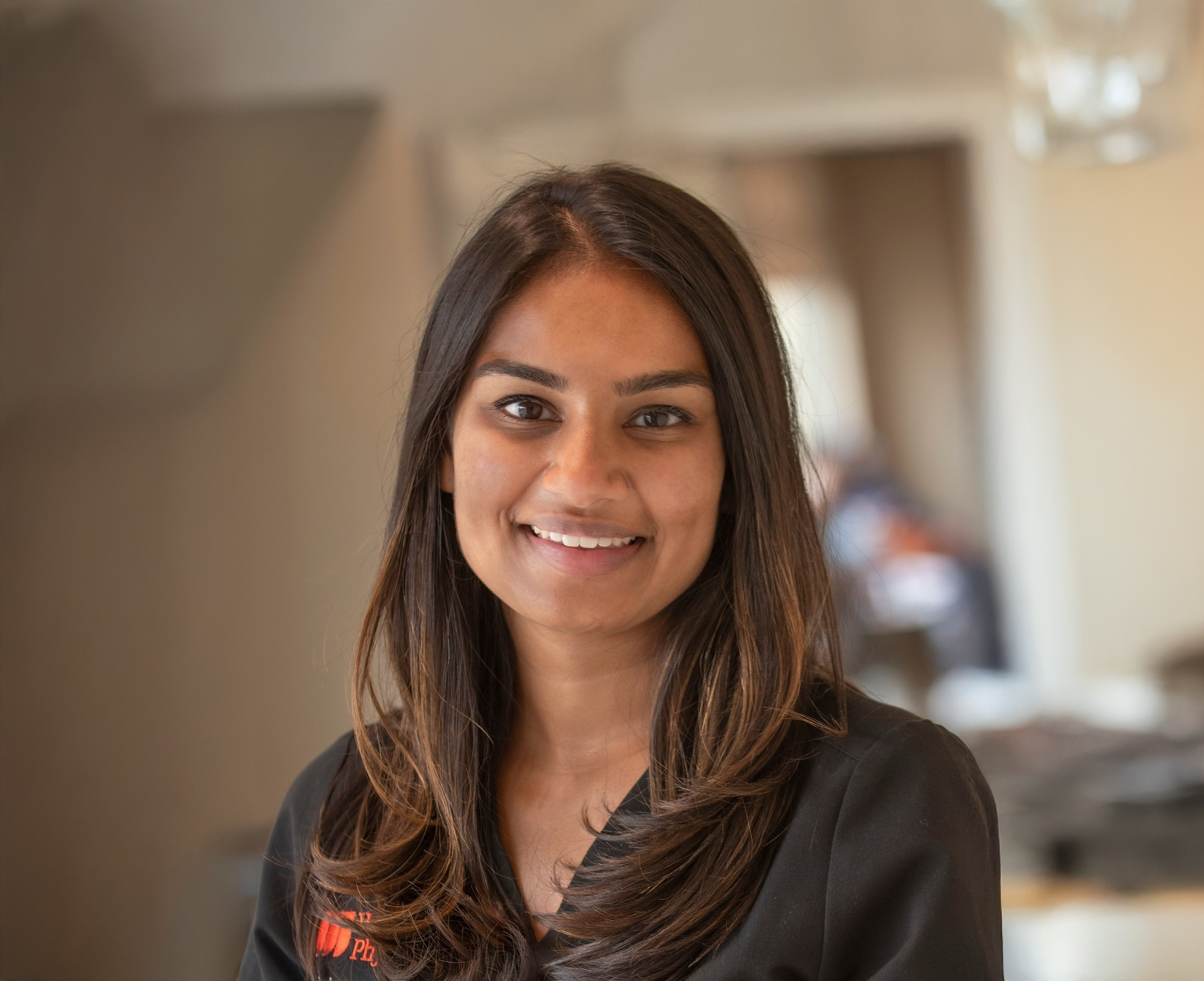
Learn about the similarities and differences between these two vision diseases, whether someone can develop both conditions at the same time, and how to reduce your risk.
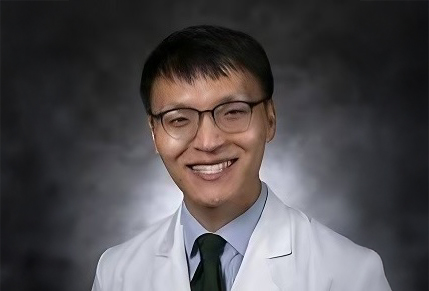
Join us for an insightful conversation with Dr. Jaehong Han about the different types of glaucoma, including open-angle, angle-closure, normal-tension, and more, discussing who is most affected by each and how treatments can vary.
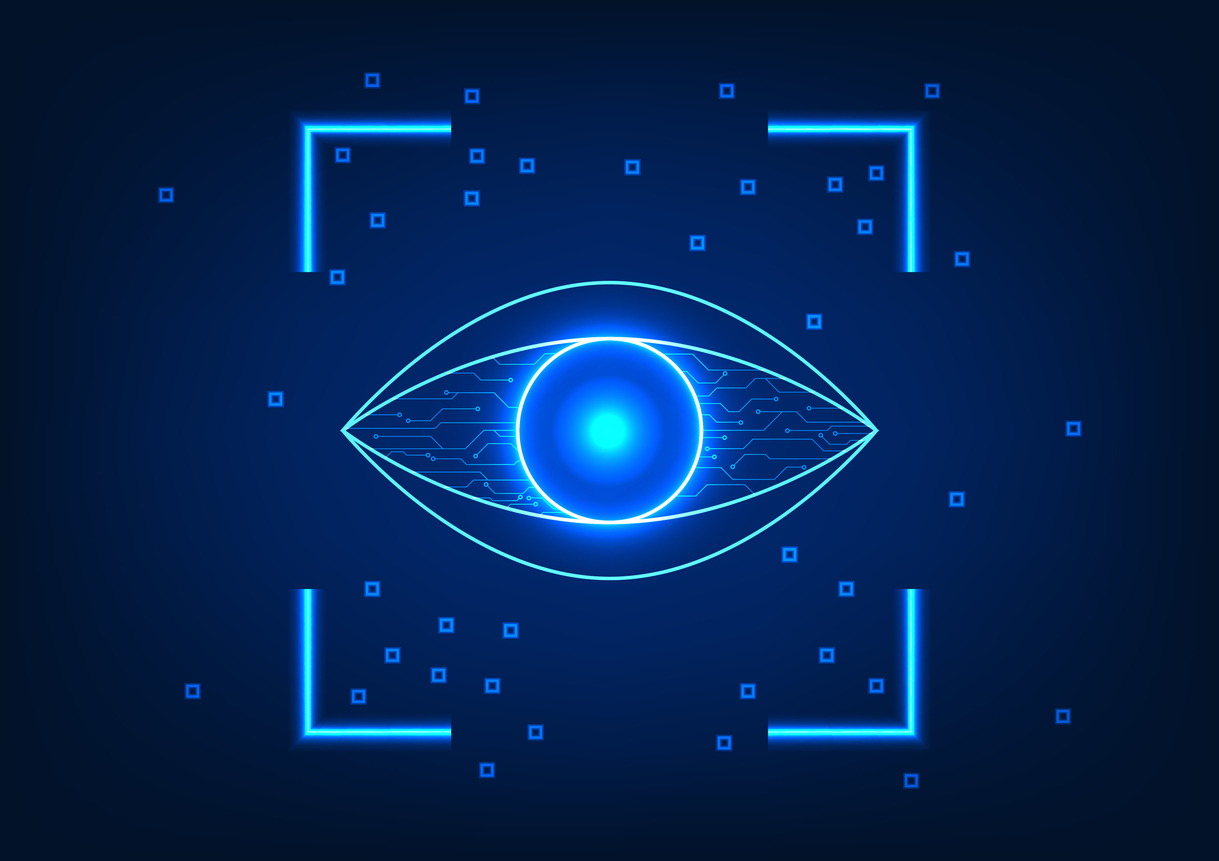
What you need to know about how artificial intelligence could improve glaucoma detection, treatment, and care.
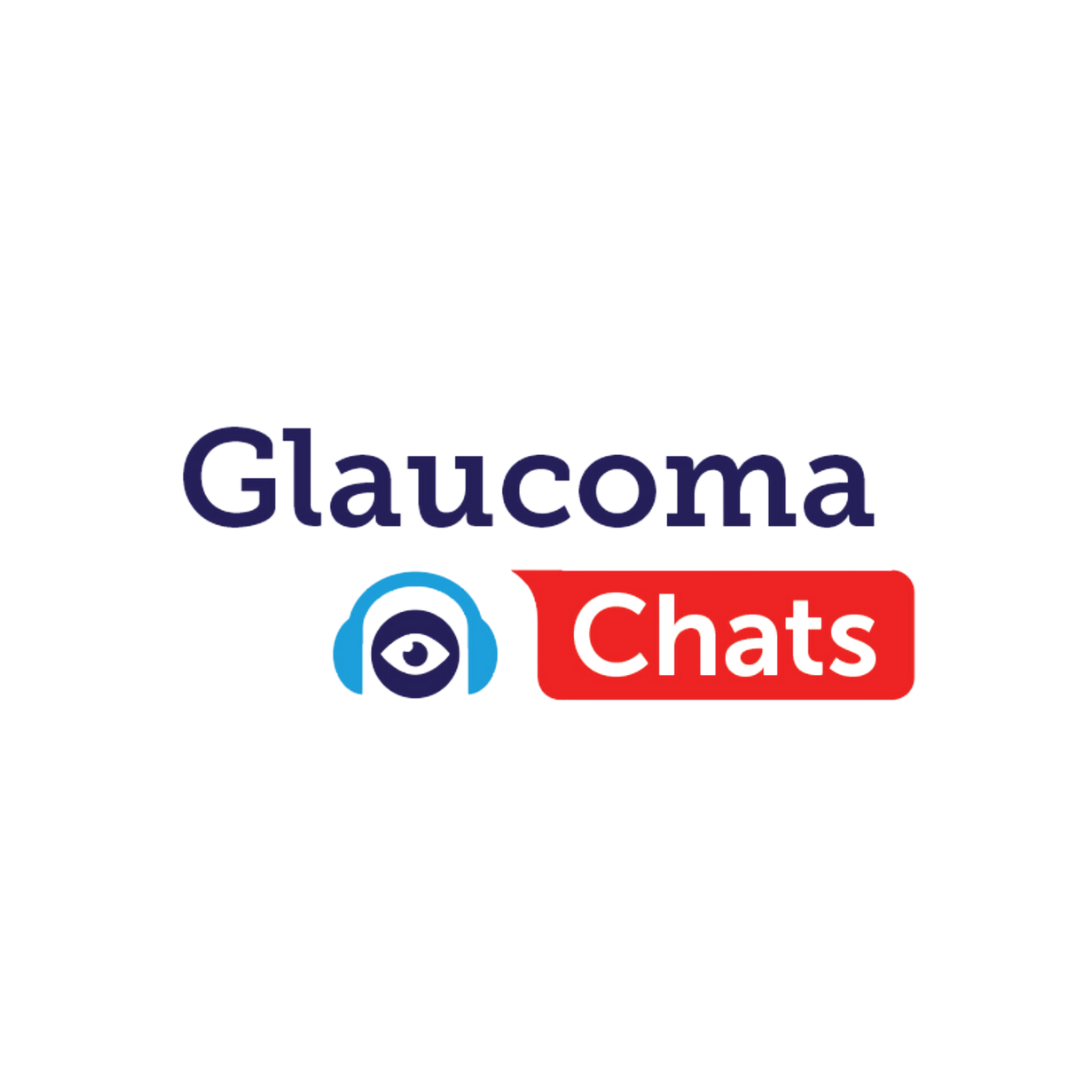
A glaucoma specialist discussed the diverse landscape of glaucoma treatments, including newly approved medications.
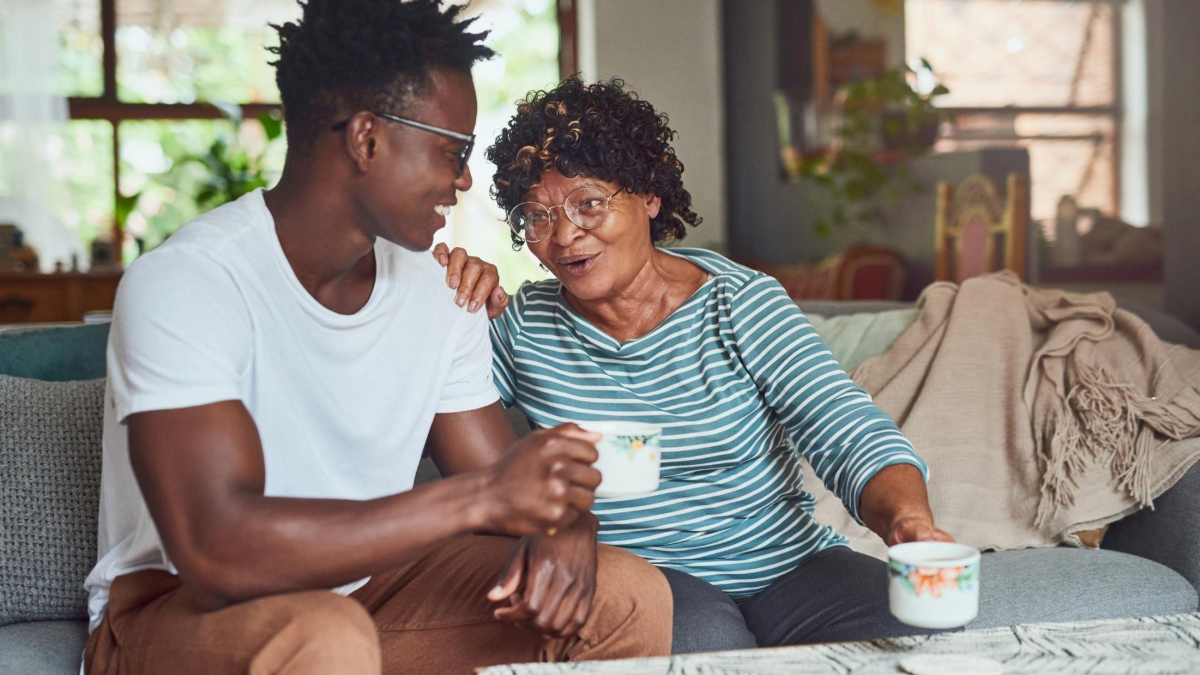
Uncover how to discuss glaucoma's hereditary aspects with relatives using our conversation guide.

Dr. Natasha Nayak Kolomeyer, glaucoma specialist and ophthalmologist at Wills Eye Hospital, discusses various types of eye drops used in glaucoma treatment, how they work, potential side effects, and tips for managing challenges associated with their use.
